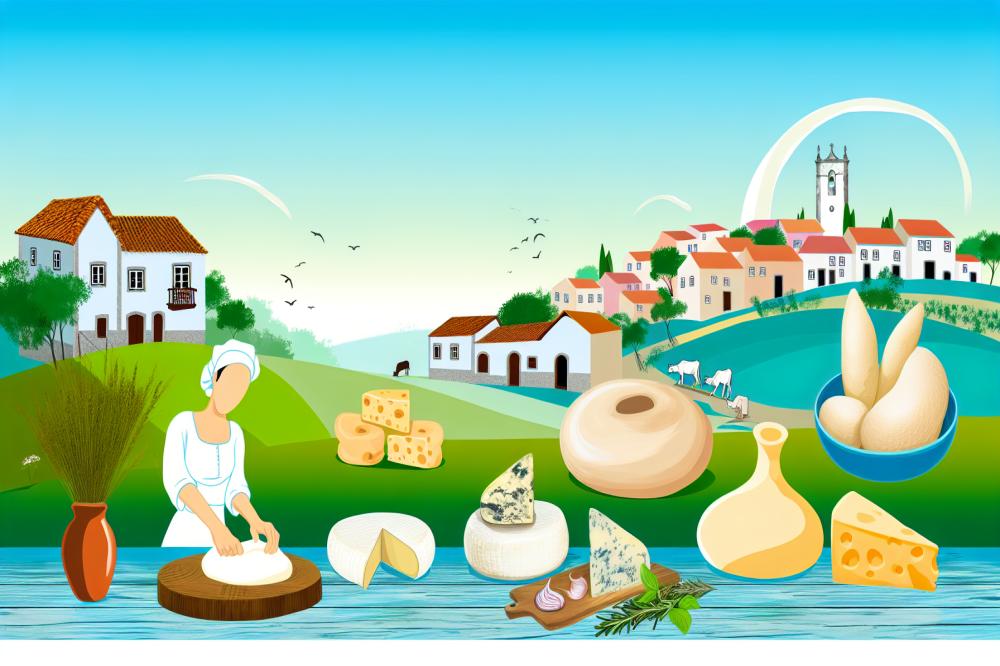Introduction
Portugal boasts a rich tradition of cheese-making that continues to thrive today. This country, with its diverse landscapes, offers a plethora of cheeses that delight the senses. Each variety tells a story, serving both culinary and cultural purposes. For many, cheese is more than just a food; it’s a part of life and heritage.
Understanding the cultural significance of these dairy products can be quite enlightening. Communities across Portugal have their own special ways of producing and enjoying cheese. These traditions have been passed down through generations. As a result, they play an important role in social gatherings and family meals.
Varieties of Cheese and Their Unique Characteristics
Several types of cheese define the Portuguese landscape. For example, Serra da Estrela is known for its creamy texture. Many people appreciate its rich, nutty flavor. Another favorite is Queijo de Azeitao, which is made from sheep’s milk. Its soft, buttery richness stands out. Both types are celebrated for what they contribute to the local cuisine.
Each region contributes something special. Some areas focus on robust flavors, while others highlight milder tastes. This variety is part of the charm of cheese production here. Artisanal methods remain common, preserving traditional techniques. These practices bolster the case for sustainability in the industry.
In conclusion, the world of cheese in Portugal is vibrant and diverse. Its cultural importance cannot be understated. As we explore each type, we see how they connect people to their roots and to one another. The future of this sector looks promising, especially with a focus on eco-friendly practices.
Portuguese cheese
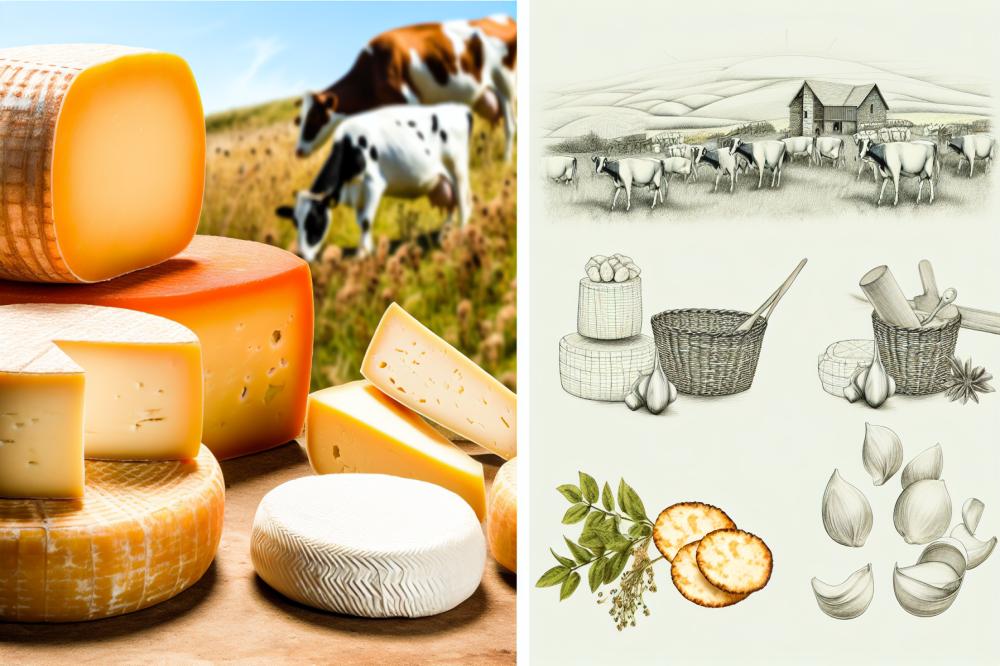
Cheese lovers should dive into the rich world of Portuguese varieties. Queijo da Serra stands out as a classic choice. This cheese hails from the Serra da Estrela mountains. It features a creamy, buttery texture and a strong, savory flavor. Many people enjoy it with bread or as part of a robust meal.
Another popular type is Queijo de Évora. Originating from the Alentejo region, this cheese is made from sheep’s milk. It offers a distinct, sharp taste that pairs well with olives and local wines. Enthusiasts appreciate its firm texture and the way it crumbles beautifully. It truly embodies the essence of southern Portugal.
Queijo Fresco is a fresher option that has its own charm. This soft cheese is typically made from cow’s milk and has a mild, slightly tangy flavor. Its versatility shines in various dishes, from salads to pastries. This cheese is a staple for many households, showcasing the simplicity of the ingredients used in Portuguese cooking.
Each cheese reflects the character of its region. Queijo da Serra captures the rugged terrain and rich traditions of the mountains. Conversely, Queijo de Évora tells the story of the sun-drenched plains of Alentejo. These products do not merely satisfy the palate; they also represent the cultural heritage of their areas.
In Portuguese cuisine, cheese plays an integral role. It can be found in countless traditional dishes. Local cheeses add depth and flavor to meals, bringing people together. Whether enjoyed on a platter during gatherings or as a comforting addition to family dinners, they enhance the culinary experience.
The diversity of cheeses complements the vibrant flavors typical of Portuguese food. With every bite, you can taste the history of the land and its people. Food traditions and local ingredients blend seamlessly in this delightful culinary landscape. Each cheese is not just food; it’s a celebration of identity and heritage.
sustainability
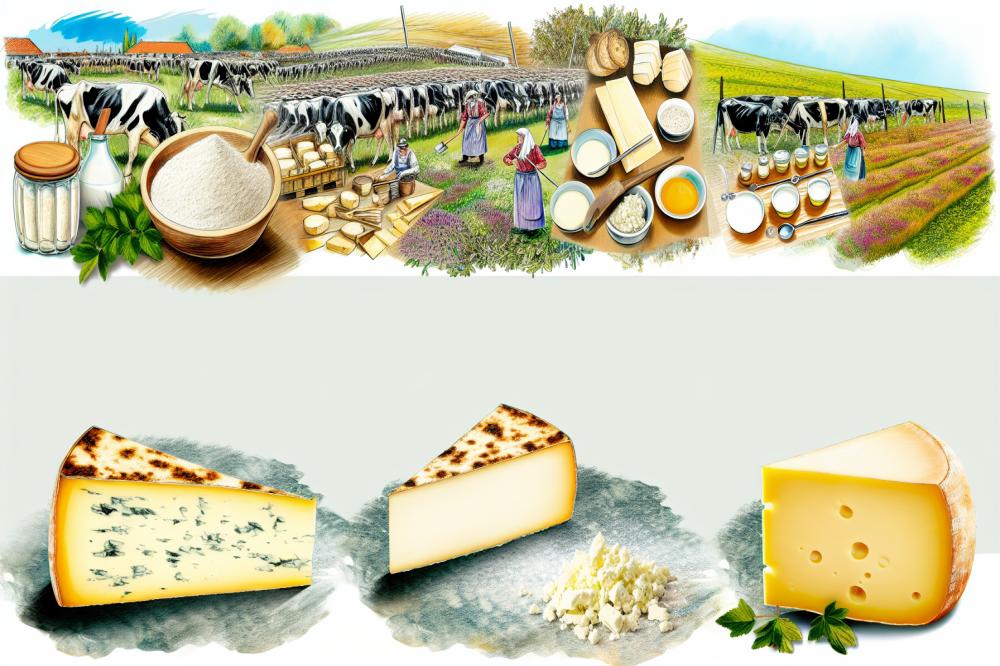
Practices in sustainable cheese production
Sustainable practices play a key role in cheese-making. Farmers often choose methods that respect nature. This includes using organic feed for animals and avoiding harmful chemicals. Rotating pastures helps maintain soil health. Healthy soil leads to better grass, giving animals nutritious food. Focusing on minimal waste during production leads to more environmentally friendly outcomes.
Impact of local grazing and farming techniques
Local grazing significantly influences the quality of milk. Grazing on diverse pastures enriches the flavor of the cheese. Farmers understand the importance of their land. They adapt their techniques to match the seasons. Sustainable water management practices also protect resources. These practices help maintain vibrant ecosystems, benefiting both animals and plants.
Importance of preserving traditional methods
Tradition holds great value in cheese production. Many techniques have been passed down through generations. These methods often align with sustainability goals. For instance, using raw milk and natural rennet can reduce processing waste. Not only does this achieve unique flavors, but it also respects the environment. Modern counterparts sometimes overlook these vital traditions, risking their disappearance.
Challenges in maintaining sustainability
Maintaining sustainability is not always easy. Increased demand for products can pressure farmers. Larger operations may favor efficiency over ecological methods. Additionally, climate change poses serious risks. Weather patterns can disrupt grazing and affect crop yields. Farmers must navigate these challenges while striving to produce high-quality cheese.
Recipe: Portuguese cheese and Herb Flatbread
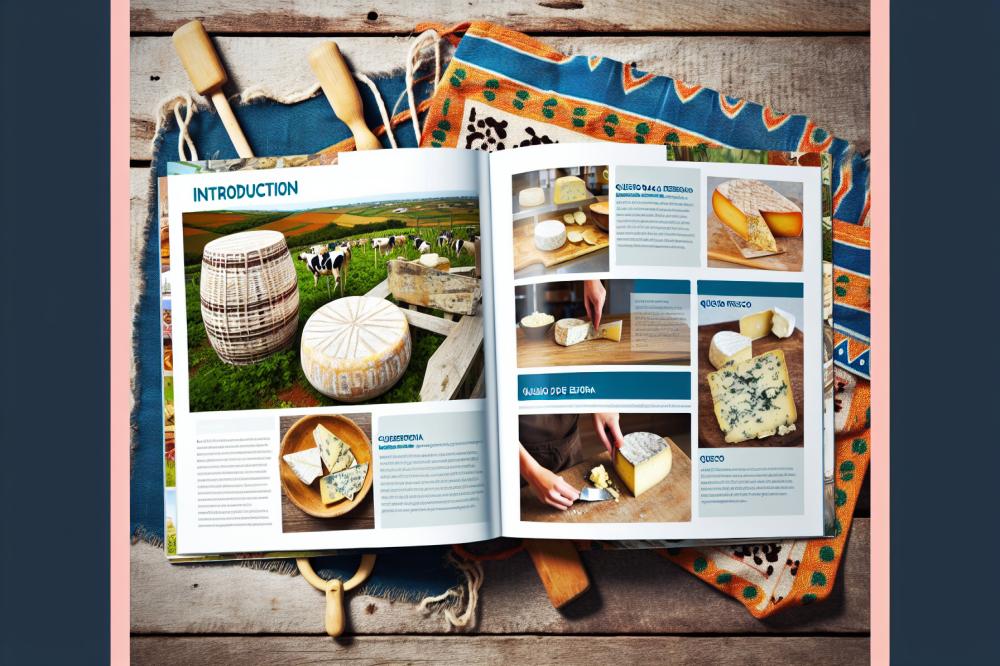
Ingredients
- 2 cups all-purpose flour
- 1 cup Portuguese cheese (e.g. Queijo Fresco), crumbled
- 1/2 cup warm water
- 3 tbsp olive oil
- 1 tsp salt
- Fresh herbs (oregano, rosemary)
Instructions
- Begin by mixing the flour and salt in a bowl.
- Add the crumbled cheese and chopped fresh herbs into the mixture.
- Next, gradually pour in the warm water along with the olive oil.
- Knead the dough until it becomes smooth and elastic.
- Roll the dough into flatbreads, making them as thick or thin as you like.
- Cook the flatbreads on a hot skillet until they are golden brown on both sides.
- Serve warm, with extra cheese or a drizzle of olive oil on top.
Nutrition and Health Benefits
Each serving provides essential nutrients. The nutritional breakdown includes protein, calcium, and vitamins, making it a wholesome choice. Incorporating local cheese brings additional health benefits.
This cheese is a good source of protein and calcium, vital for strong bones and muscles. Fresh herbs add flavor while providing antioxidant properties. Enjoying this dish in moderation can provide balance to your diet.
When preparing meals, remember that moderation is key. While the flavors may tempt you to indulge, keeping portions in check helps maintain a healthy lifestyle. Balance ensures that you enjoy every bite without overdoing it.
Final Thoughts
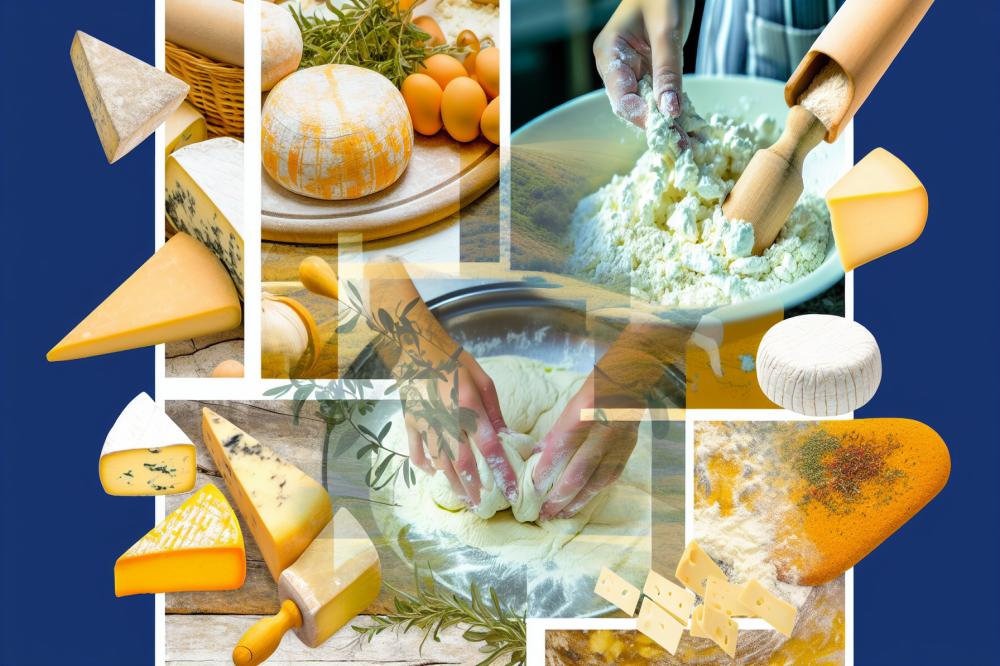
Summary of the importance of Portuguese cheese
Delving into the world of cheese made in Portugal reveals an array of rich flavors and traditions. Each variety represents a piece of the country’s cultural history. Popular cheeses like Queijo da Serra and Queijo de Azeitão showcase the uniqueness of local ingredients. These products not only delight the palate but also support a vibrant agricultural heritage that connects people to the land.
The role of sustainability in cheese production
Sustainability plays a crucial role in modern cheese-making. Practices such as responsible sourcing of ingredients and ethical dairy farming methods are essential. By prioritizing environmental health, cheesemakers can protect natural resources for future generations. Sustainable production methods contribute to better quality cheese while fostering community and economic stability. This commitment to the planet is a fundamental ingredient in every cheese wheel.
Encouragement to explore and support local cheese artisans
When you choose to buy cheese from local artisans, you are making a positive impact. Supporting small-scale producers helps preserve traditional techniques. It can also strengthen local economies. Take time to visit farmers’ markets or specialty cheese shops. In doing so, you discover delicious flavors and stories behind each product. So, grab a piece of Portuguese cheese, savor every bite, and appreciate the skilled artisans who create these treasures. Your taste buds—and the planet—will thank you.

